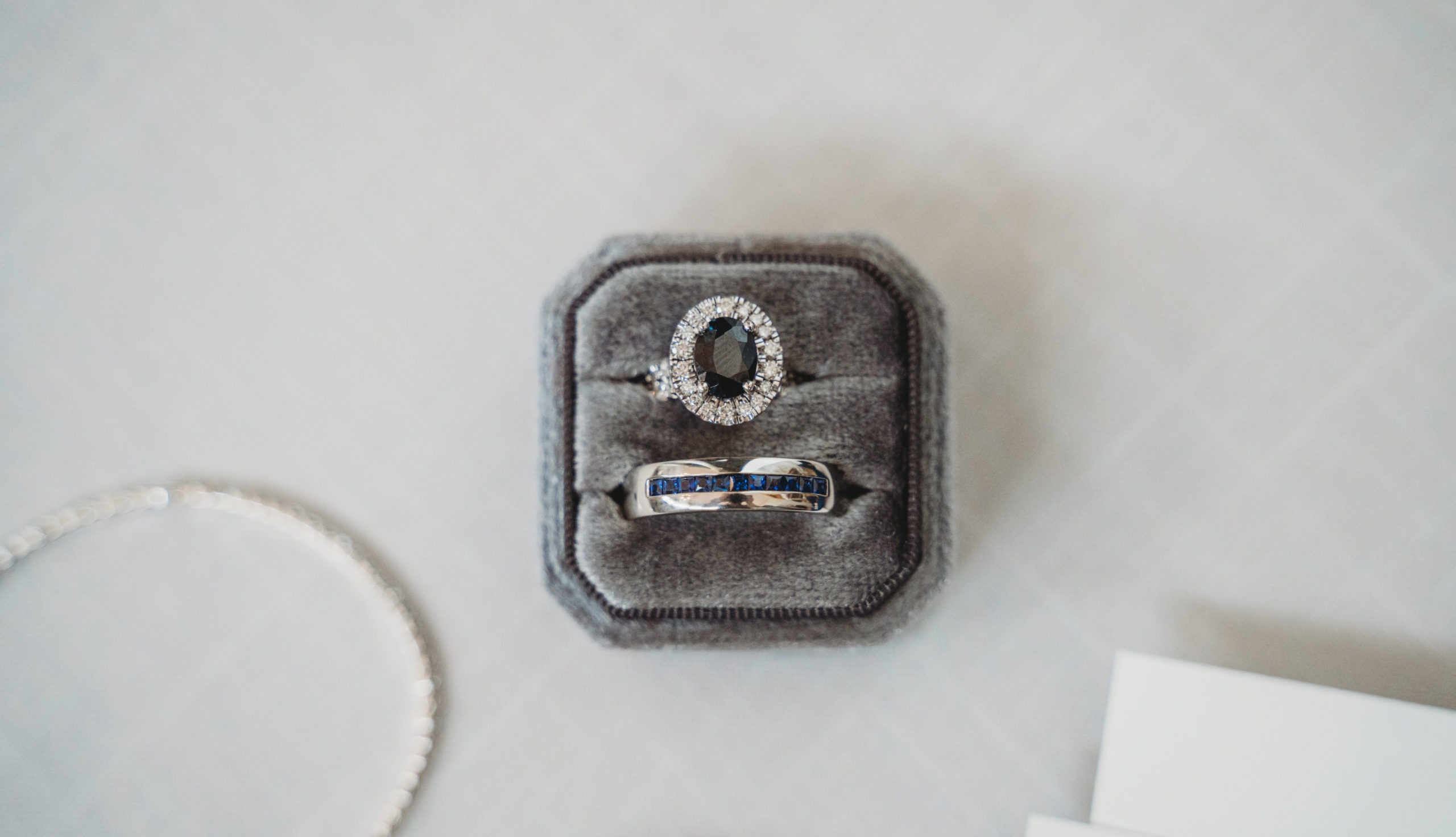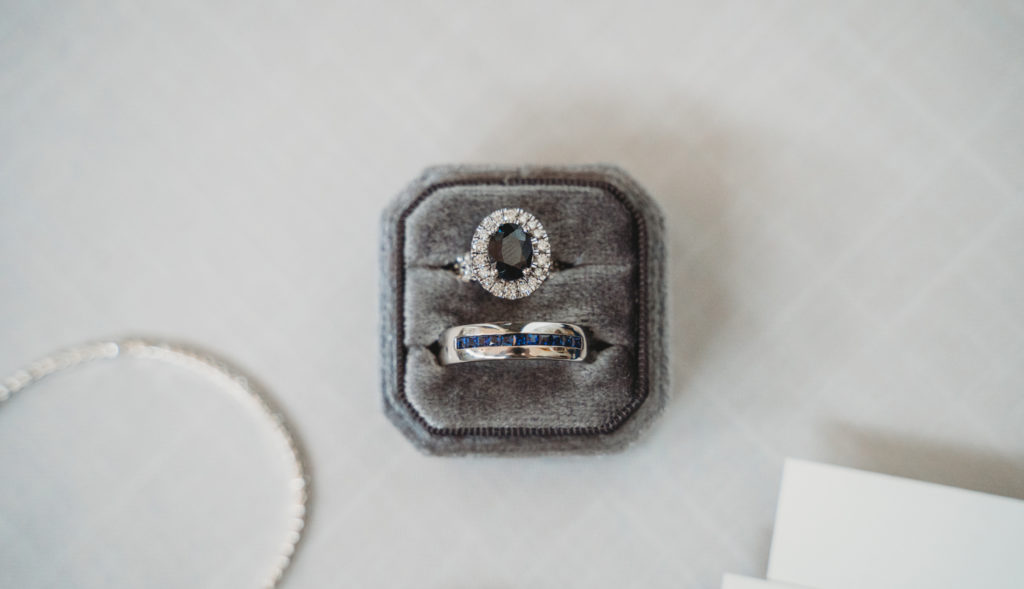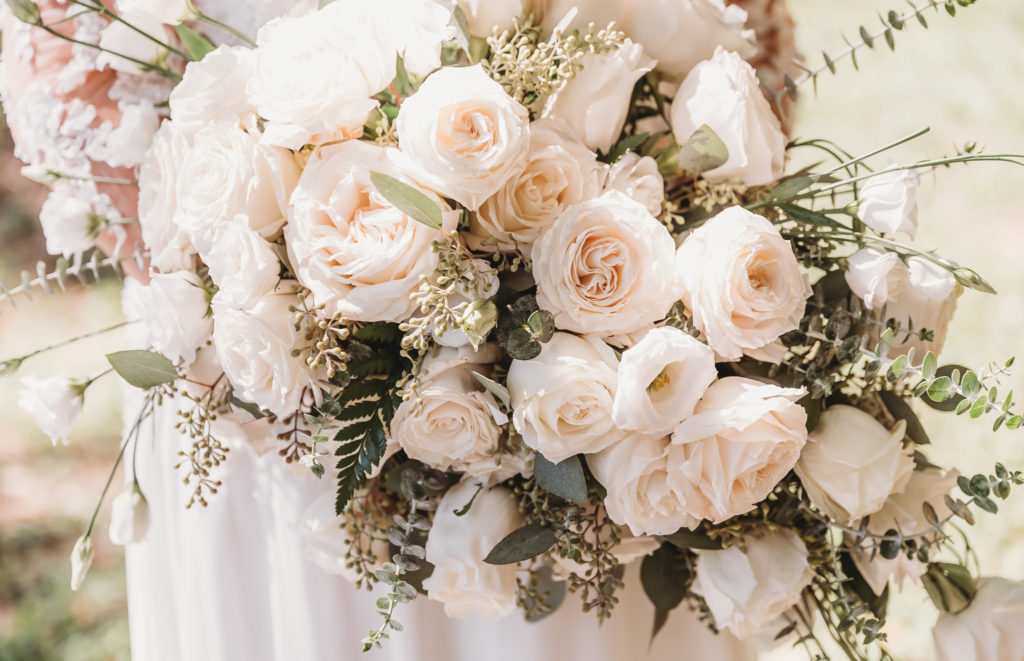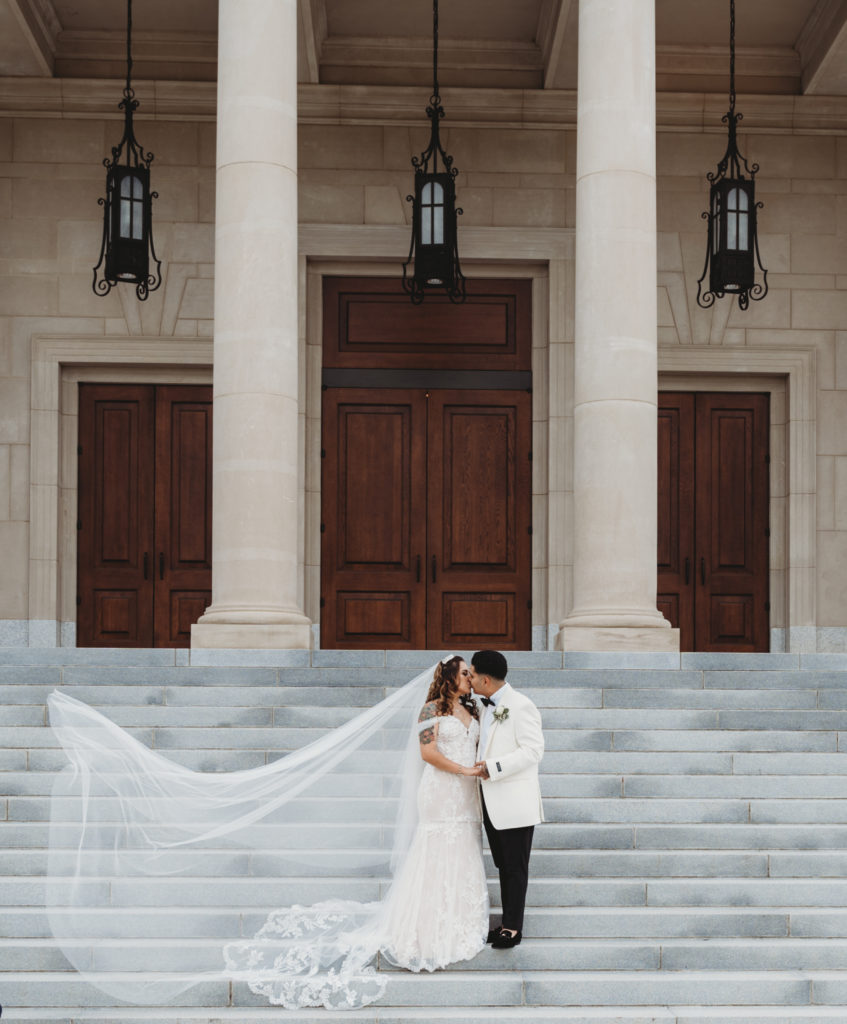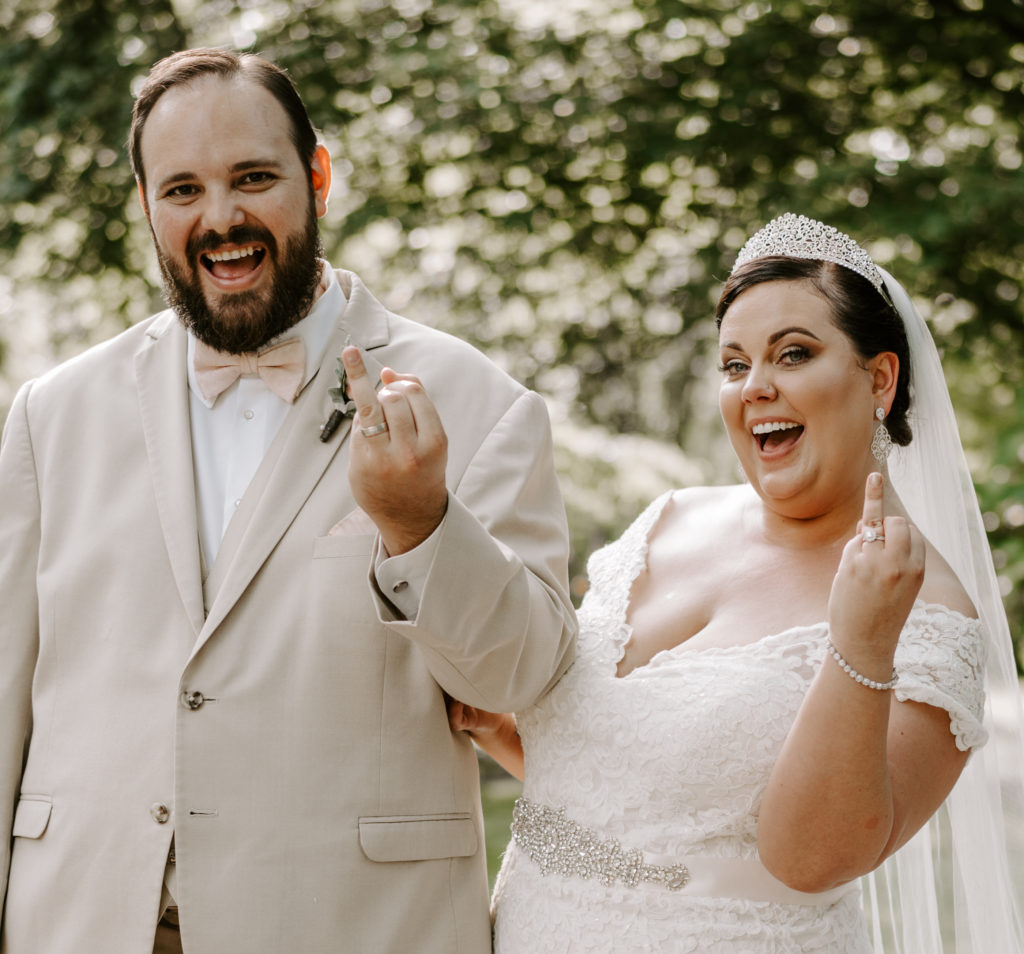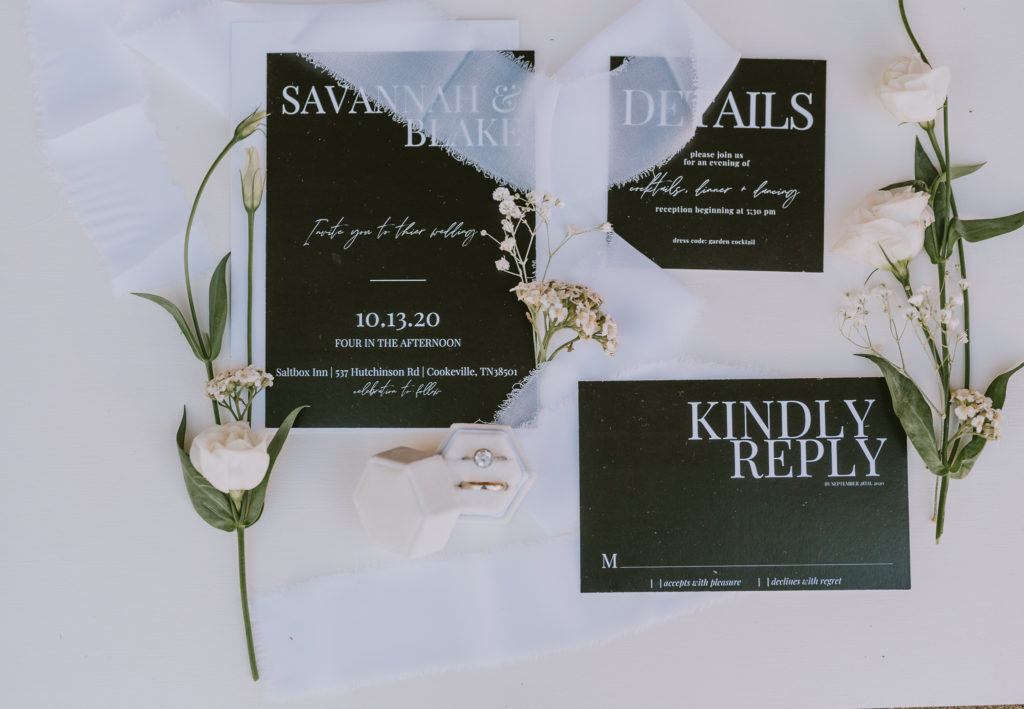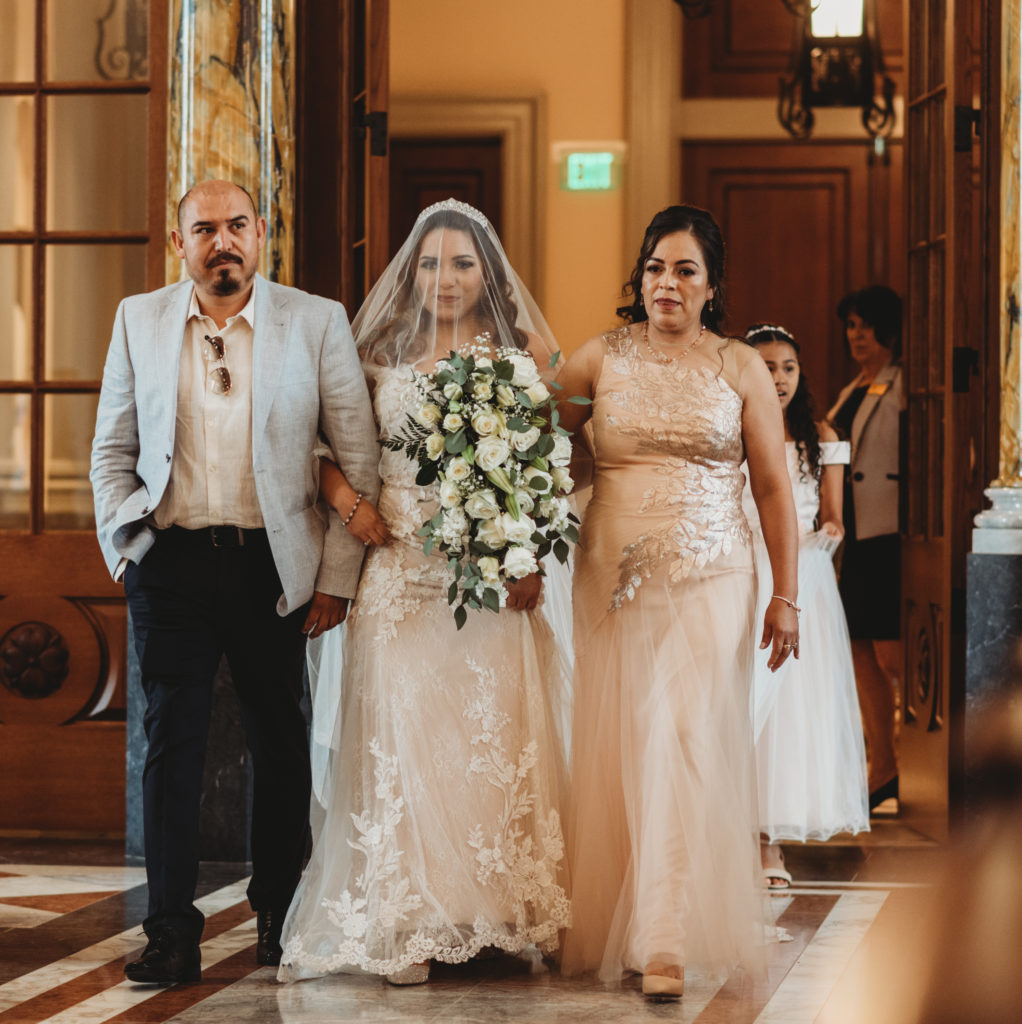You’ve certainly attended a few weddings and experienced all of the traditions, but have you ever wondered where they originated? What does the bride’s wish for something old, new, borrowed, and blue signify? What is the meaning of a wedding cake, and why do people toss rice after a wedding ceremony? Almost every aspect of a wedding has a history, and we’ve spent time studying the origins of some of the most well-known wedding traditions to provide some understanding.
Choosing which wedding traditions you love and want to include in your celebration, as well as which ones you’d rather miss or modify into something that truly speaks to the two of you, is an important aspect of personalizing your wedding day and making it distinctly yours. Whatever you choose, you may learn about the origins of some of the most prominent wedding customs.
1 | Something Old, Something New, Something Borrowed, and Something Blue
It is believed to have originated in Britain’s beautiful heritage, notably in an old English-meets-Victorian rhyme “Something Olde, Something New, Something Borrowed, Something Blue, A Sixpence in your Shoe.” According to an 1898 collection of English folklore, an old couplet commands that the bride wear “something old, something new, something borrowed, something blue.”
The old item serves as a barrier between the baby and the outside world while the new item is a source of hope for the future. The borrowed item, which was taken from a happily married couple, brings good fortune and the color blue is associated with faithfulness and purity. And, the sixpence, a British silver coin, is a sign of success or a ward against evil perpetrated by disgruntled suitors.
2 | Carrying a Bridal Bouquet
During weddings, ancient Greeks and Romans, as well as Egyptians, carried fragrant herbs and spices to fend off bad luck and during the Victorian era, flowers meant a new beginning and brought with them hopes of fertility, happiness, and loyalty. Another reason brides began wearing them centuries ago was that the flowers’ aroma hid their body odor back when bathing wasn’t as common. Today, the bouquet’s primary function is now to serve as a lovely complement.
3 | Matching Bridesmaids Dresses
The tradition of bridesmaids has a similar superstition-based history. Bridesmaids used to dress up like the bride to confuse and distract evil spirits aiming to ruin the bride’s happiness in the past. Originally, the bride and all of the bridesmaids wore identical gowns and heavily masked their faces to confuse jealous suitors and evil spirits.
While Brides were vulnerable to kidnapping by rival clans and hooligans during the feudal era in China. Bridesmaids dressed up as the bride to protect her and reduce the danger of her being spotted and kidnapped.

4 | Wearing a Bridal Veil
The veil is one of the oldest pieces of a wedding costume, dating back to Greek and Roman times, and was used to protect a bride “from evil spirits who might wish to disrupt her happiness” or to frighten them away. The veil was worn to hide the bride’s face from bad spirits who were jealous of her happiness and plotting to destabilize the marriage. The veil is also used to conceal the bride’s face from the groom before the wedding, as superstition holds that seeing the bride before the wedding is bad luck.
As weddings in Western culture became more religious, the veil was used to symbolize modesty before God, obedience, and chastity when the veil was white. In modern weddings, the veil is frequently used merely as a fashion element as part of the bridal gown, rather than for its symbolic value. A bridal veil is not typically used during a civil wedding or when the woman is remarrying.
5 | Wedding Ring on the Ring Finger
The origins of the fourth finger being designated as the ring finger are unknown. In certain cultures, the wedding band is worn on the left hand’s “ring finger,” whereas in others, it is worn on the right hand’s “ring finger.” Traditionally, only the bride/wife wore a wedding ring, but in recent years, more males have begun to do so.
People used to assume that a vein traveled directly from the fourth finger of the left hand to the heart until medical science knew how the circulatory system worked. Because of the hand–heart relationship, the descriptive name vena amoris – Latin for “love vein” was chosen for this vein.
6 | Mailing Guests Printed Invitations
Before Johannes Gutenberg created the moveable-type printing machine in 1447, weddings in England were usually proclaimed by a Town crier, a man who would go through the streets declaring the news of the day in a loud voice. Anyone within hearing distance was traditionally included in the celebrations. Because illiteracy was pervasive among the common people during the Middle Ages, the nobles began to send written wedding invitations and Monks trained in the art of calligraphy would hand-craft their notices for wealthy families. The individual’s coat of arms, or personalized crest, was commonly included in such documents, which were wax-sealed.
The discovery of metal-plate engraving in 1642 allowed the expanding middle class to afford higher-quality wedding invitations. The wording of wedding invitations was more detailed back then than it is now; typically, each guest’s name was printed separately on the invitation.
Today, ordering wedding invitations online is the new trend. Viewing, organizing, and ordering wedding invitations has never been easier thanks to the internet. Hundreds of websites sell wedding invitations and stationery, and customers may order from anywhere in the world because they are online.
7 | “In Honour of Your Presence”
For religious rituals done in a church, temple, or other places of worship, the phrase “request the honor/honour of your presence” is used. It is allowed to use either the American or the British (with a ‘u’) variant. ‘Request the pleasure of your company is suited for non-religious venues. Choose terminology that best fits your occasion for less formal or non-traditional marriages.
8 | “Giving the Bride Away”
The moment when the bride leaves her father or parents’ hands and meets her groom is known as the giving away of the bride. The old custom has grown into a sign of love and unity for modern-day couples. The tradition of giving the bride away dates back to the days when arranged marriages were the norm.
- Daughters were regarded as their father’s property in the culture at the time.
- The bride’s father had the legal authority to “hand his daughter” to him.
- Before a man could marry his daughter, he normally had to pay a price to the bride’s family.
- Without the father’s approval, daughters were not allowed to marry.
This ancient custom has changed, and many modern brides now find it to be profoundly meaningful. The act now symbolizes the union of two families while for others, the present moment shows the connection between their old and new lives.
9 | “Tying the Knot”
The term “tie the knot” came from a wedding rite that dates back practically to the dawn of time: the handfasting ceremony. This old Celtic custom, which dates back to the Middle Ages, literally binds couples in matrimony by tying cloth knots around their hands. As a result, two become one.
The word knot has been connected with marriage since at least 1225 when it was first recorded. It’s unclear whether the knot pertains to a real knot made in marriage rituals or if it’s just a metaphor for two individuals coming together. Matthew Prior, an English poet, originally recorded this identical word in his poem “Alma; or, The Progress of the Mind” in 1717.
10 | Throwing Rice at a Wedding
Throwing rice has been a centuries-old practice. Wheat, which symbolizes fertility, was often given to newlyweds by the ancient Romans and was believed to play a role in the conception of a child when given to a fresh marriage, throwing rice was also thought to keep evil spirits away from the wedding and groom during this period. The rice toss is a symbolic request for a prosperous and bountiful life for the newlywed couple, which indicated a large family to the ancients. As the couple leaves the ceremony, visitors bless them by showering them with rice.
Today, there are a plethora of rice-throwing alternatives that pay tribute to this old ritual such as Birdseed, rose petals, fly paper airplanes, or blow bubbles. If the couple prefers that their guests do not throw anything, they can give out paper streamers or little noisemakers so that everyone may enjoy their new marriage without making a mess.
11 | Having a Wedding Cake
A cake of wheat or barley was broken over the bride’s head to bring good fortune to the marriage in Ancient Rome, which was one of the first traditions. The “bride’s pie” was offered at most weddings from the 16th to the 17th centuries.
Two cakes were produced in the 17th century, one for the bride and one for the groom. The groom’s cake would be eaten up, and the bride’s cake would take its place as the event’s main dessert. When the two cakes were served together, the groom’s cake was usually the darker-colored, richer fruit cake with a smaller size than the bride’s cake. Because white was a symbol of virginity and purity, the bride’s cake was usually a simple pound cake with white icing.
The modern wedding cake as we know it today dates back to Prince Leopold, Duke of Albany’s wedding in 1882; his cake was the first to be edible. Pillars between cake tiers didn’t appear for another 20 years or more. The pillars were built of broomsticks that had been covered in icing. Because only wealthy families could afford to put them on the cake, the tiers reflected the prosperity and served as a status symbol.
Wedding cakes were made of rolls and buns that were stacked on top of each other in medieval times. To ensure fertility and good fortune, the groom and bride would seek to share a kiss on top of the stack of rolls.
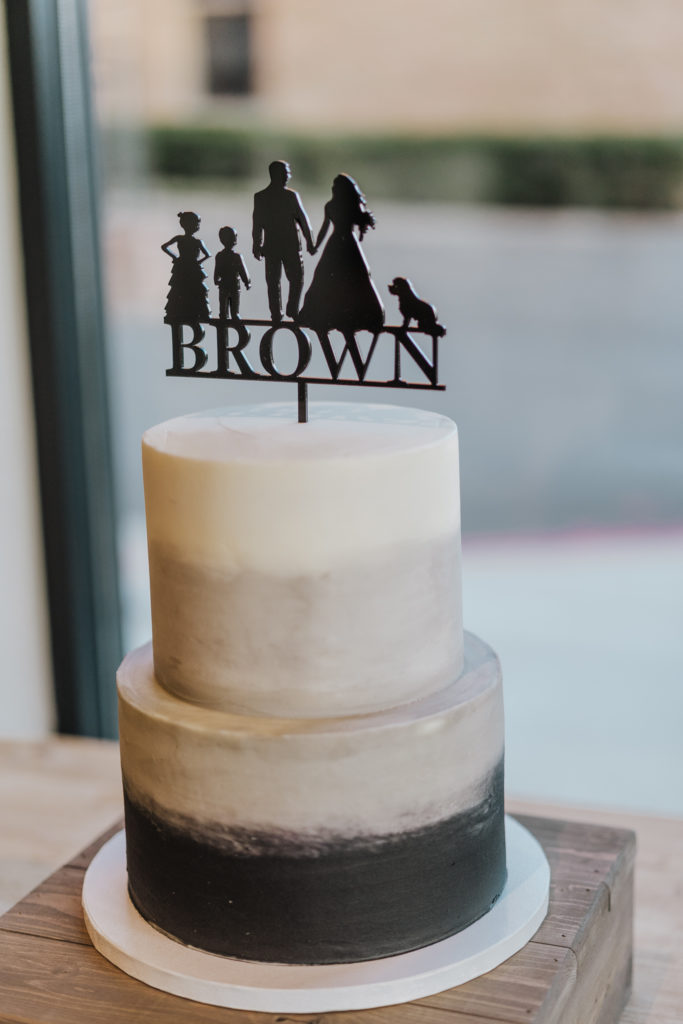
12 | Keeping the Cake’s Top Tier
The idea of saving the top tier of the cake originates from the United Kingdom, where wedding fruit cakes are traditionally made. Fruit cakes keep extraordinarily well, and on their first anniversary or at their child’s christening, couples would serve the top tier.
When marriage was essentially a means to an end in the nineteenth century, keeping the top tier of the wedding cake became very popular. The goal was to expand your family’s size. Newlyweds back then would usually have their first child within the first year of marriage, and the parents would serve the top tier of their wedding cake during the kid’s baptism to save money.
Today, most couples can’t help themselves from preserving the top tier of their wedding cake to enjoy on their first anniversary or during a christening. This made sense because christenings used to be held within a year of a wedding. Most couples now plan a small cake-eating ritual to commemorate their first anniversary. Sharing this tiny cake is a lovely way to remember a particular occasion.
13 | Candy Wedding Favors
The first wedding favors were called ‘bonbonnieres,’ and they were gifts presented to guests, much like they are now. A wedding favor is a good luck symbol and has been passed down through the generations. The earliest wedding favor, known as a bonbonniere, was thought to have been popular among European nobility. The term “bonbonniere” refers to a little trinket box composed of crystal, porcelain, or precious stones.
Sugar cubes or elegant confections, which symbolize riches and monarchy, were commonly found inside these priceless boxes. Bonbonnieres were substituted with almonds when sugar became more accessible. Jordan almonds covered in thin white or pink sugar shells are still presented as wedding favors today, and they’re always given in handfuls of five to symbolize;
- Health
- Wealth
- Joy
- Fertility
- Long life
As sugarcane trade reached Europe in the 15th century, confectioners began to wrap almonds in candy. These sweets were originally named confetti in Italy, koufetta in Greece, and mlabas in the Middle East to depict how the natural bitterness of the almond is sweetened by the sugar.
Final Say
Whether you’re planning your wedding ceremony and reception, attending one soon, or simply curious about the history of marriage, you’ll be astonished at how much certain wedding rituals have evolved through time! Although traditions are important, history has shown us that it is acceptable to be a little more imaginative while arranging your special day.
Remember that your wedding is a day to celebrate family, friends, and, most importantly, the beginning of a new chapter in your life!
Ready to book your wedding with Diana Marie Photography?
